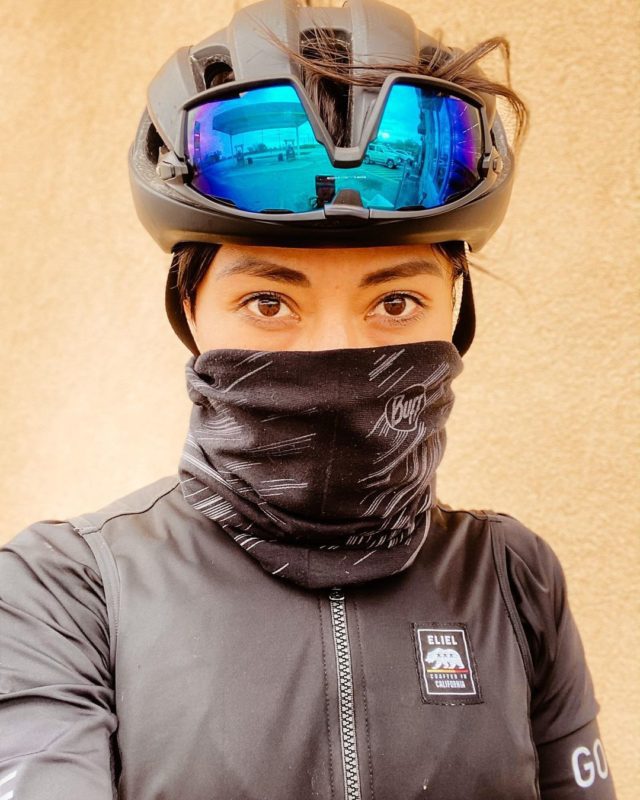Athlete Spotlight, Energon Qube Blog, Healthy Living, Mocca Shots
Athletes Who Inspire: Adriana Mandt
It’s national bike month, and we are featuring athletes who inspire us to push beyond our comfort zone with their energy and perseverance.
Adriana originally from Mexico but she has been living in Texas for the past 6 years. She runs a construction company with her husband, a very fun but stressful job.
She has three rescue dogs that turn her and her husband’s lives upside down: they love to get out and enjoy nature with them every chance they get. Adriana has been cycling consistently for the past year, but has always been a very active person: she loves anything endurance!
We wanted to know more about what motivated Adriana to get back on the bike and start racing!
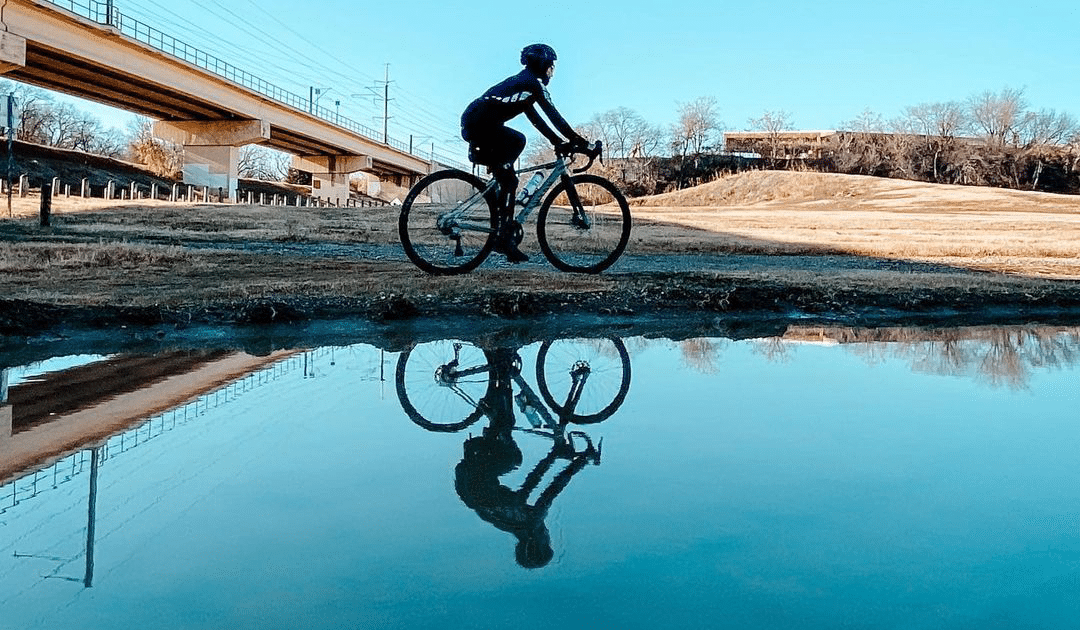
You took a break from biking for a while, and now you’re back and racing! What brought you back?
AM: When I was in college, my parents owned a bicycle shop that focused mainly on mountain biking. I was competitive but never really signed raced. I organized rides on the weekends with my dad to invite people from all levels to come and ride with us and introduce them to the community.
One time the weather was spotty, and I crashed going downhill on Iztaccihuatl, a dormant volcanic mountain in Mexico. Long story short, I ended up having surgery and eating through a straw for two weeks. It was never the same after that, and I gradually got out of cycling.
With COVID-19 shutting down the world in 2020, some of my friends and I decided to start riding to keep active. I had an early 90’s road bike that my dad got me in an attempt to get me back into cycling. I really loved getting on the roads and eventually started going on longer and longer rides. After just a. Little while, I decided to invest in a better bike and was lucky to get a gravel bike that has been a part of all my adventures. I call her Sage.
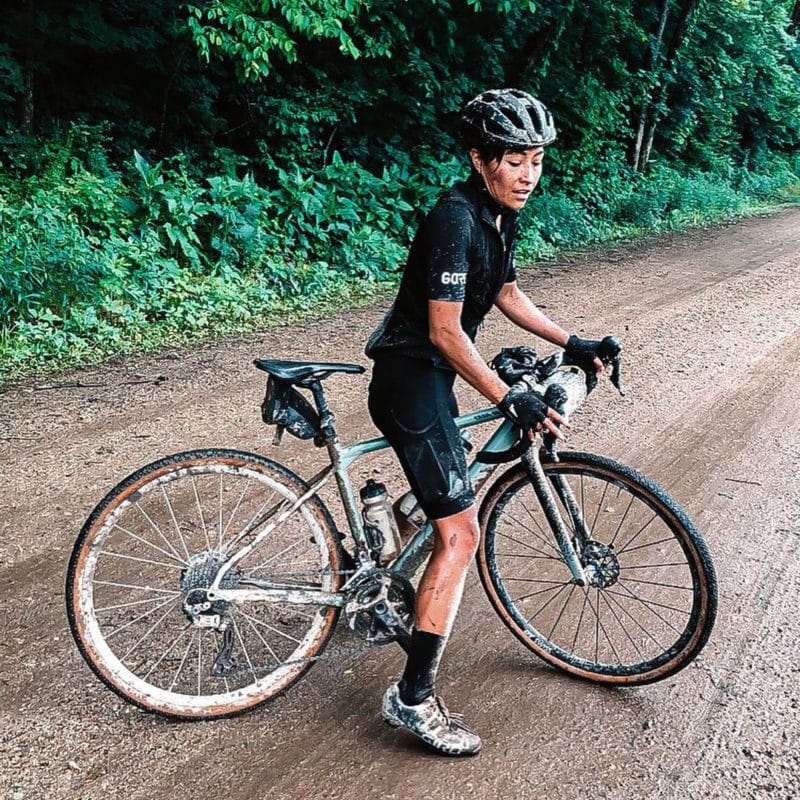
Tell us about the “Rule of 3” race. How have you been training for it?
AM: There’s a sense of magic built up around the Rule of 3, so it definitely calls me in the name of adventure. The race consists of 30 miles of tarmac, 50 miles of gravel, and 20 miles of single track terrain with an estimated 10,000 ft elevation gain… all done with one bike.
There were lots of different kinds of bikes. Some geared more towards road and gravel, and some geared more towards off-road or trail. I’d say it’s really a “bring what you got” kind of race. At some point, though, the bike you chose won’t be the best, but that adds to the mystique.
I signed up for the 100-mile race and started training in February this year. Working on different aspects like strength, endurance, technique, and most importantly, my mind. There were times during training where I doubted I could do this. You can’t let those kinds of negative thoughts get in your way, though.
How did the race go?
AM: In the weeks leading up to the event, the Rule of 3 promoters started sending out ominous but fun messages trying to convey how hard this race really was. I was a little nervous but trusted my training, so I was ready.
He wasn’t lying; it was hard, very hard. I cracked and was ready to quit, but with the encouragement of a friend riding with me, I finished the whole 100- mile race. Good friends can never be overrated.
The positive side is that I learned lessons that I’ll take into next year’s event so that I can finish strong.
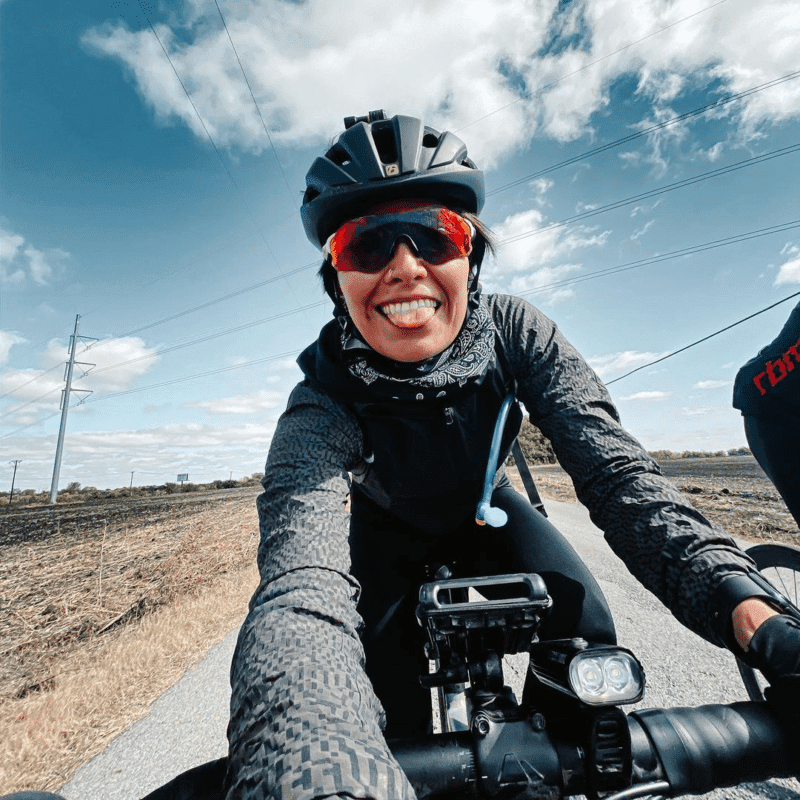
Gravel biking is relatively new – what exactly is it? How does it compare to road or mountain biking?
AM: Paved roads will inherently have more traffic, and mountain biking requires a little more skill just by the nature of trail riding.
When we used to put rides together for people, my dad and I would go on dirt roads or highways to find the best spots for mountain biking. I didn’t know back then, but we were riding gravel on mountain bikes, so I guess I’ve been riding gravel longer than I realized.
The difference in gravel riding in the last 8 years or so is that bikes have changed a lot. You have a specific bike for this kind of adventure; light and fast enough to go on the roads but strong enough to handle uneven terrain.
Another big advantage to gravel riding is that there’s less traffic. You’re out in rural areas with fewer cars, more animals to look at, and better scenery.
How do you get energized for a ride? How do you fuel your body before, during, and after to perform your best?
AM: Nutrition is key, and it becomes a lifestyle. You can’t just keep eating the regular stuff (processed foods, saturated fats, etc.) without it hurting you. I eat lots of grains, berries, vegetable fats like avocados, nut butters, drink green or matcha teas, coffee and allow myself to have a lot of low sugar chocolate 🙂
I eat every hour to fuel my body on long rides. Depending on the type of ride or workout, I would take pre-workout qubes for shorter sessions and/or mocca shots in the middle of endurance rides which can be 5-6 hours long. My favorite flavor is dutch chocolate, but they’re all so good it’s hard to choose sometimes. What I like the most about them, though, is that they’re plant-based-friendly.
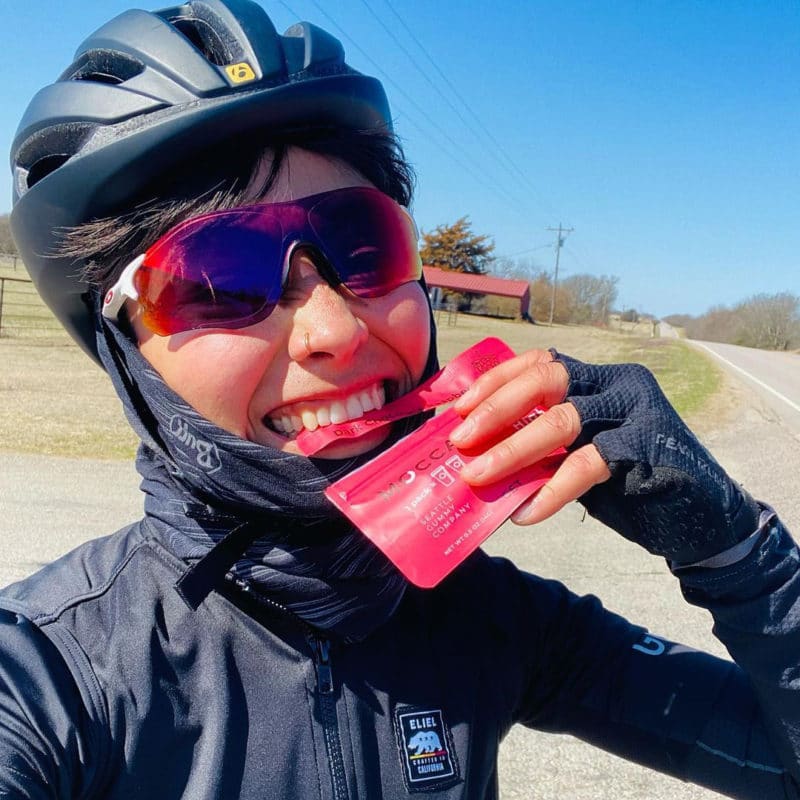
How do you recover from a particularly strenuous ride?
AM: I like to recover with a combination of nutrition, hydration, sleep, massages, and active recovery activities. I’ve been using the Energon qubes post rides to allow for a faster recovery, as sometimes I don’t get to eat a proper meal for hours after a ride.
What other sports/activities do you like to do besides biking?
AM: I like activities that feel like playing. Trail running and rock climbing are some of my favorite disciplines to do year-round. In the summer season, I like getting in the water and practice some wakeboarding, I’m not really good, but it’s a lot of fun. I also try to do at least one backpacking trip a year. It’s hard to find time for all the cool activities you can do outdoors; I wish I could do it all.
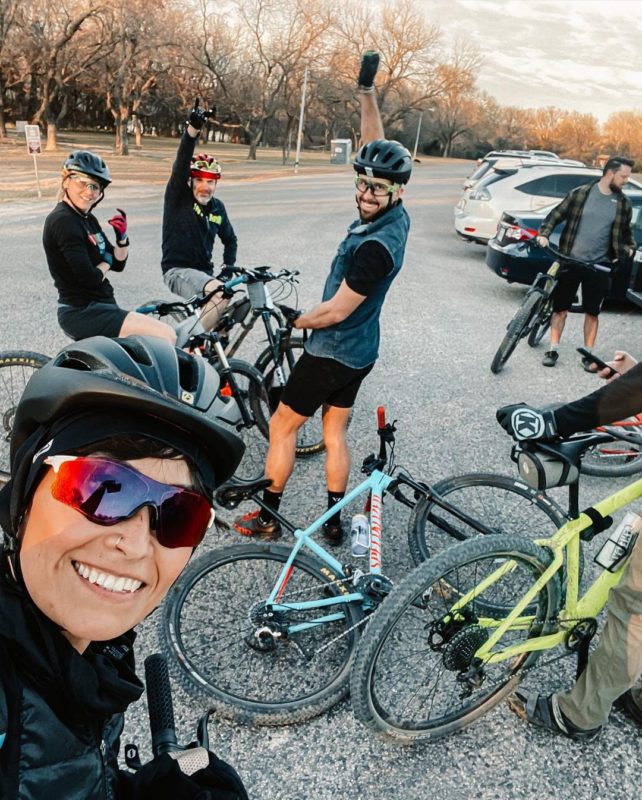
For someone just getting into biking or racing, any tips on where to start and how to train? You have a lot of biking buddies- how do you find people to ride with?
AM: I knew a local athlete years before I got interested in cycling. One day I saw his Instagram stories, and the rides looked really fun, so I reached out to see if he knew of anyone I could ride with. He invited me to one of his recovery rides, and the rest is history.
I’ve been lucky to find friendship and encouragement in this awesome community. I regret not reaching out before. My advice would be: don’t be shy and reach out… there will always be someone who can point you in the right direction!

